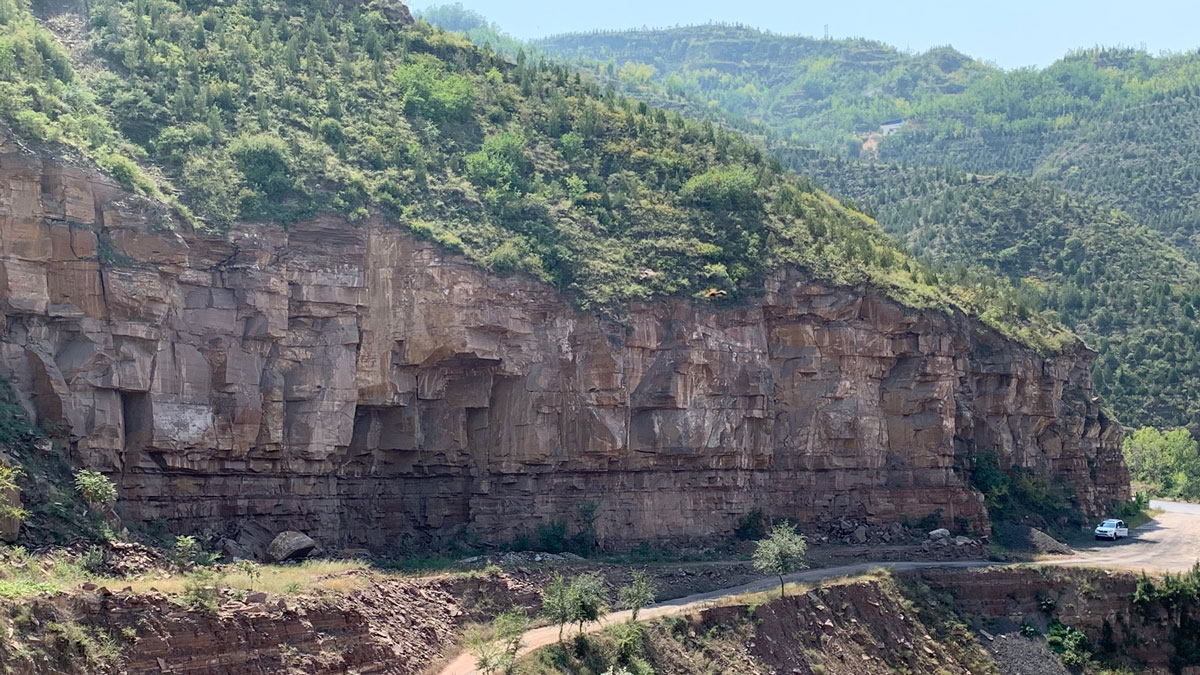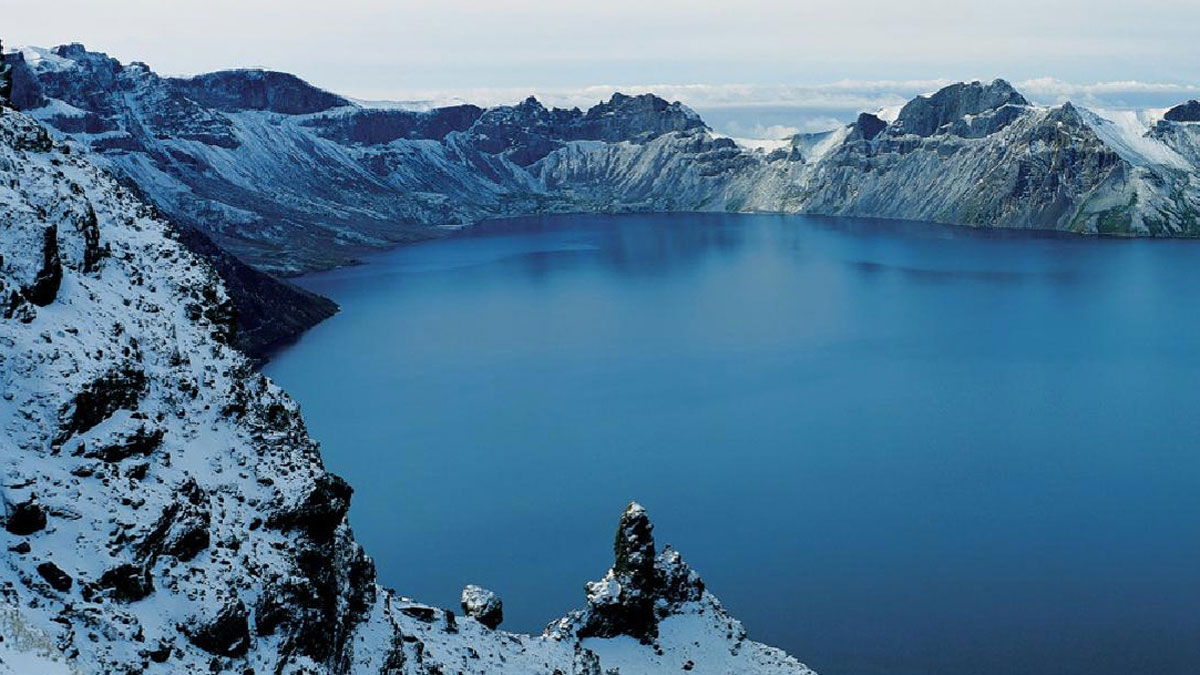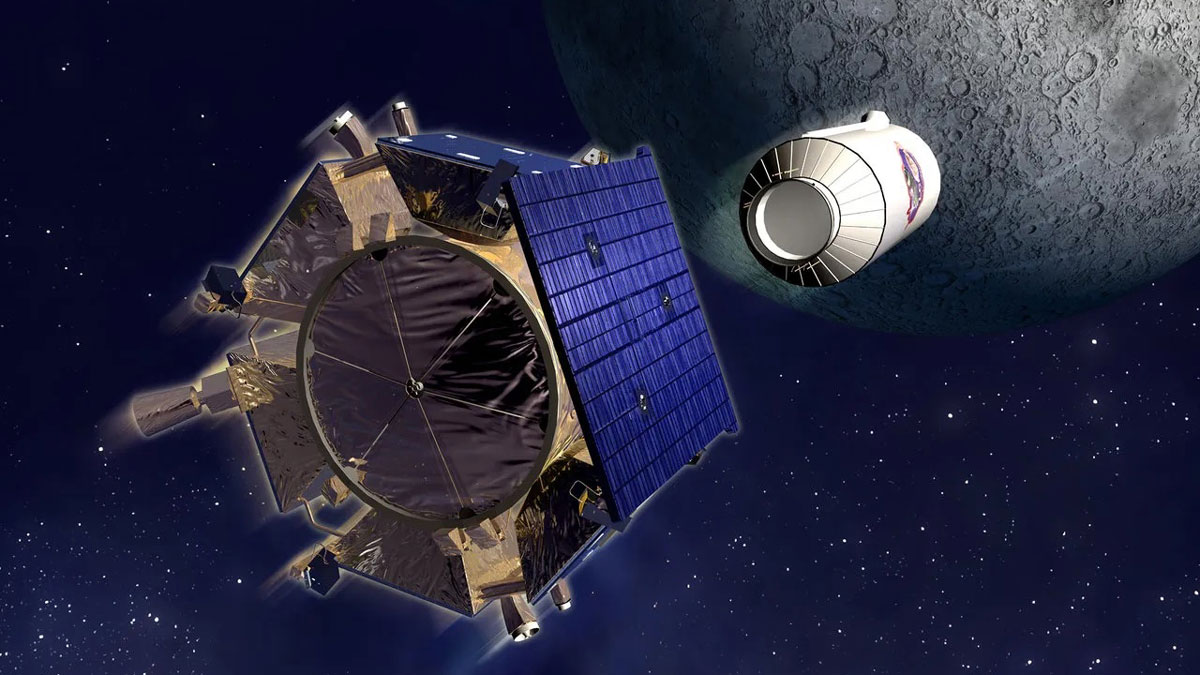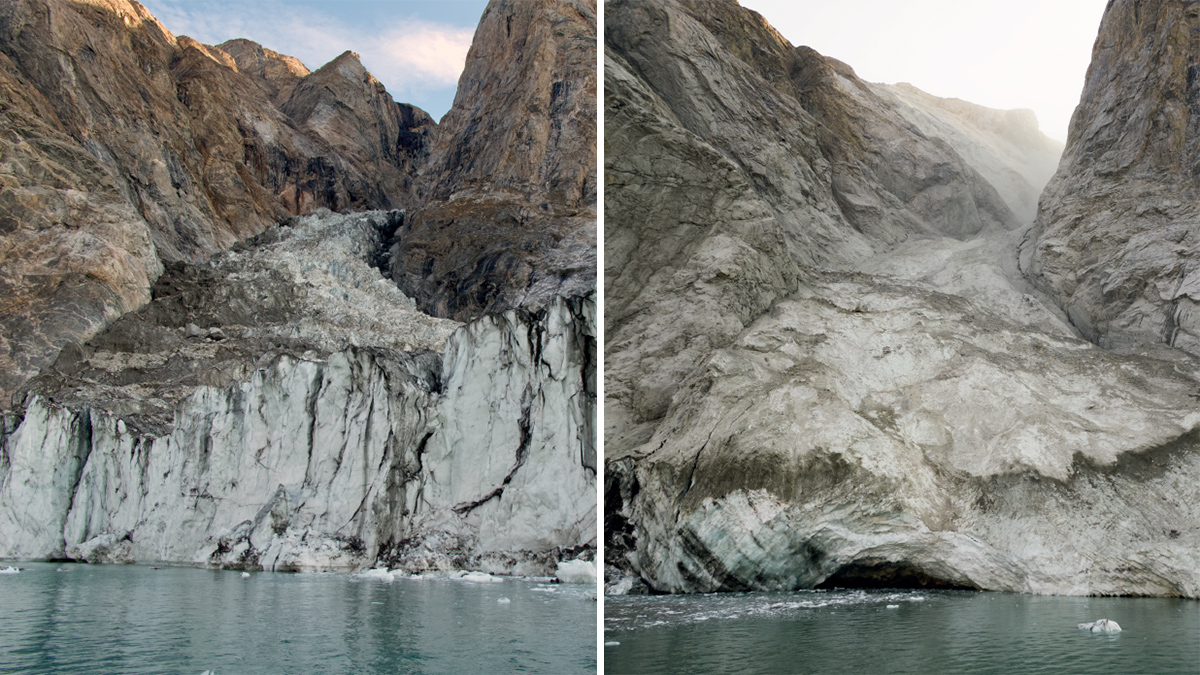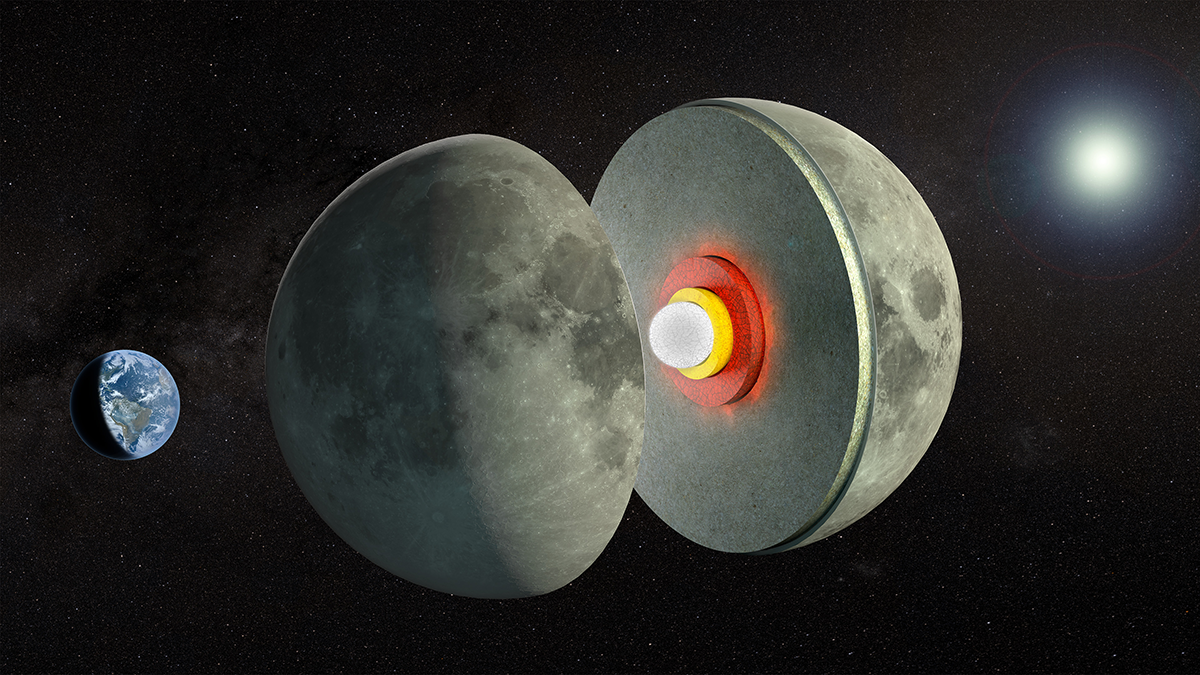Taking baseball’s mysterious Rubbing Mud into the lab revealed no magic ingredients—but plenty of useful natural properties from geomaterials.
unsolved mysteries
A Close Asteroid Encounter May Have Once Given Earth a Ring
An unusual concentration of impact craters suggests that they may have been caused by the breakup of an asteroid that created a temporary debris ring around Earth.
Mega El Niño May Have Led to Major Mass Extinction 252 Million Years Ago
The extreme climate conditions wrought by a decades-long ENSO pattern could be the culprit in the Great Dying, which wiped out nearly 90% of life on Earth.
New Details About a Very Old Eruption and Flood
One of the most dramatic volcanic eruptions in history occurred more than 1,000 years ago. Scientists are still piecing together the aftermath.
Fifteen Years Later, Scientists Locate a Lunar Impact Site
The impact crater from NASA’s LCROSS mission lies hidden in an eternally dark region of the Moon.
Finding the Frequency of a Fjord
A massive tsunami churned up a mysterious 9-day noise in East Greenland. As the climate warms, more fjords may start singing.
Iron-Rich Volcanoes Hold Hidden Rare Earth Element Reserves
Experiments show how concentrations of rare earth elements, critical to the green energy transition, might be hiding in plain sight in iron-rich deposits around the world.
The Moon’s Tides Hint at a Melty Lunar Layer
New lunar gravity measurements support the idea that a partially molten mantle layer is sandwiched between the rest of the Moon’s mantle and its core.
Kepler’s Drawings Might Reveal When the Sunspots Disappeared
Johannes Kepler’s landmark 1607 sunspot observations may have been made at the end of the solar cycle, helping constrain the start of the Maunder Minimum.



